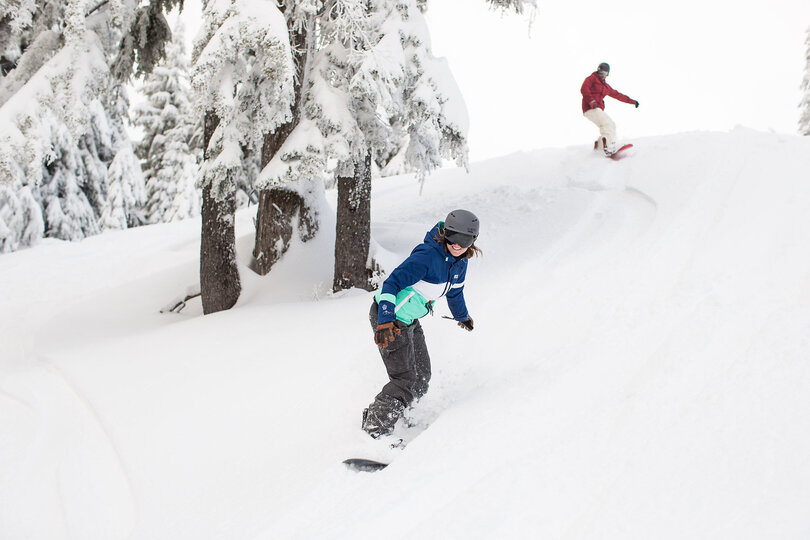
Get Winter Ready
Step 1: Get Snow Fit
Posted by Grouse Mountain October 14, 2016
On the North Shore we are blessed with abundant outdoor recreation opportunities. Getting up into the snow is a great way to
make the most of the winter season. Ensuring a great time in the snow, though, does require a bit of preparation. We went to a key
authority on winter fun, Grouse Mountain’s Snow School and Attractions Director, Toby Barrett, to get the inside scoop on how to
prepare to make the most of what is expected to be a big snow winter.

While fitness is great for general health, skiers, snowboarders and
snowshoers must have good foundational fitness to enjoy a day on the
mountain and to avoid aches, pain or injury. Grouse Mountain’s Toby
Barrett suggests starting your fitness regime 6-8 weeks ahead of getting
on the snow and has identified three main areas to focus on: flexibility, core
strength, and strength to support key joints (especially knees and hips).
1. Flexibility – Get limber!
“Start with an effective warm-up, of 10-20 minutes
of light cardio such as a gentle run or spin on a bike. Follow the warm-up with
10-20 minutes of stretching that includes the whole body and focuses on the lower
body. Move gently into each stretch and remember to hold it for at least 45 seconds”
suggests Barrett.
2. Core Strength – Absolutely!
“Two of the most important skills involved in
skiing and snowboarding is balance and timing & coordination – both of which
are helped greatly by a strong core” states Barrett. Exercises like the plank, balance
boards, sit-ups/crunches and leg raises/lowers are all great for engaging core muscles
and building strength.
3. General Strength With a Lower Body Focus – Feel the burn!
While
we can’t neglect the rest of our body, the lower body is critical when it comes to
winter fitness. Barrett notes that “to reach that next level of performance, you must
develop and maintain more strength in your legs. Squats, lunges and deadlifts are all
great for building lower body strength. Cardio activities such as cycling and rowing
(eccentric) and running, hiking and hopping drills (concentric) can also provide
significant gains.”

